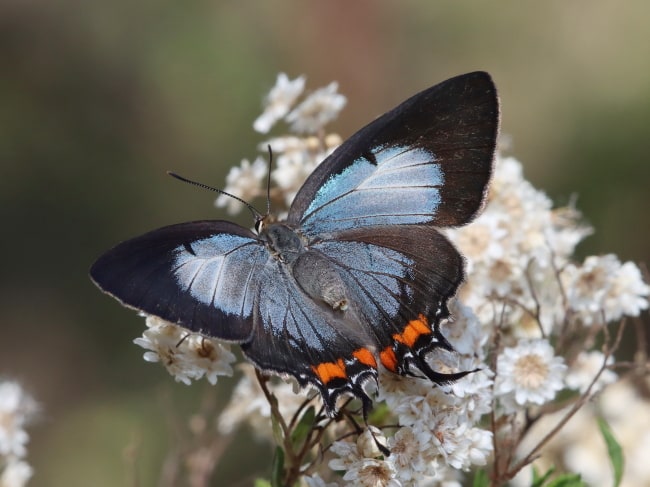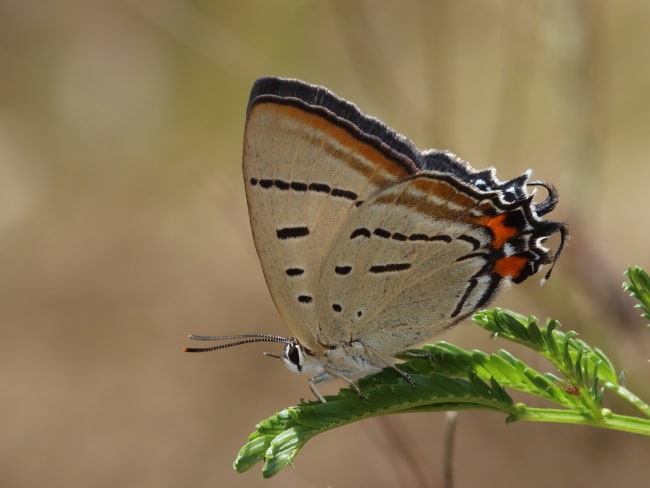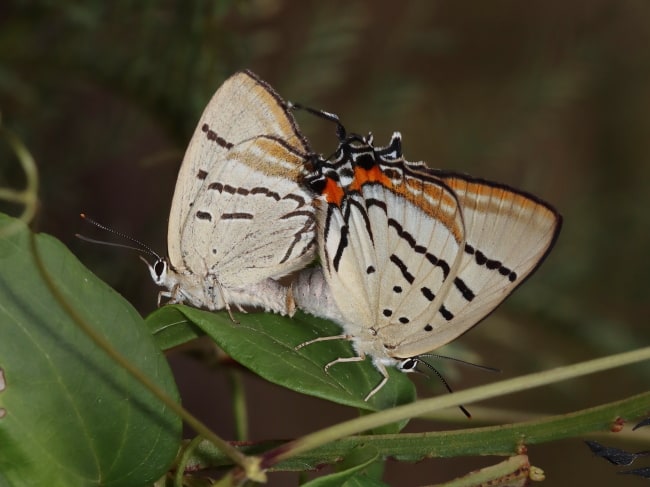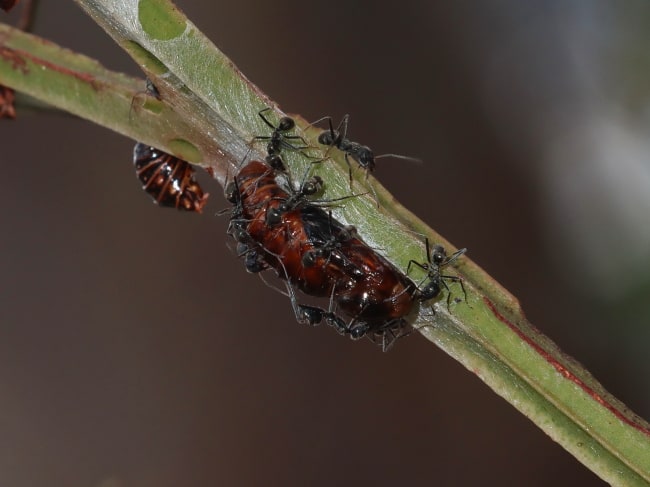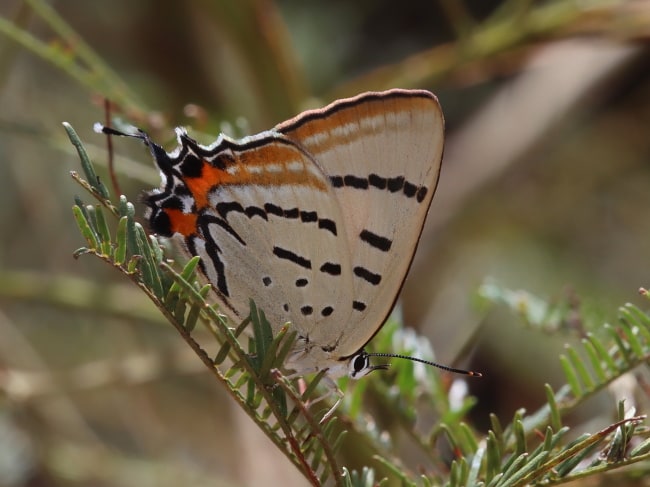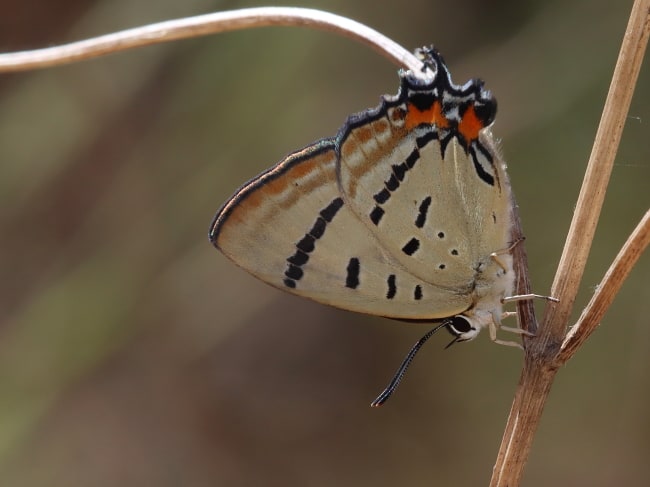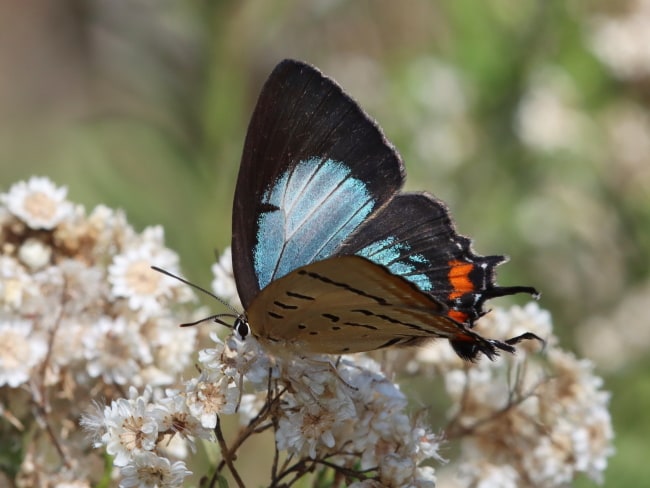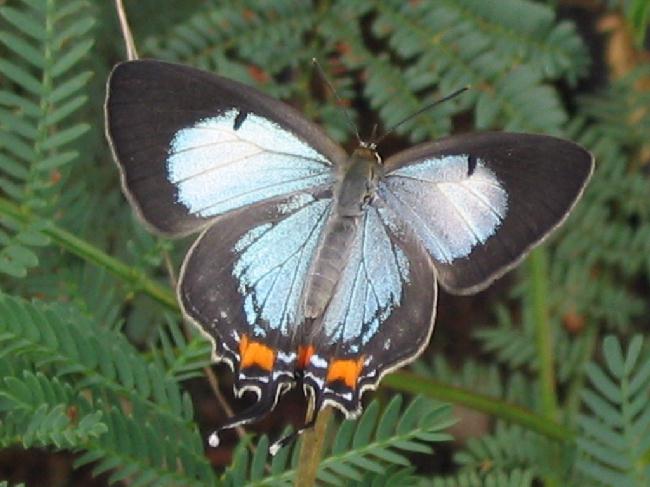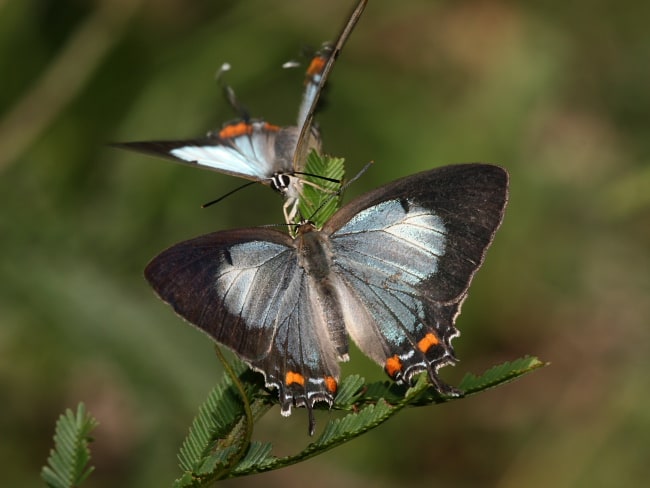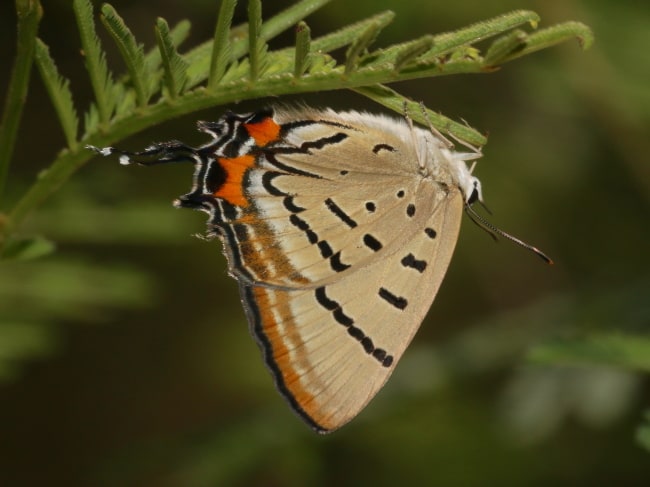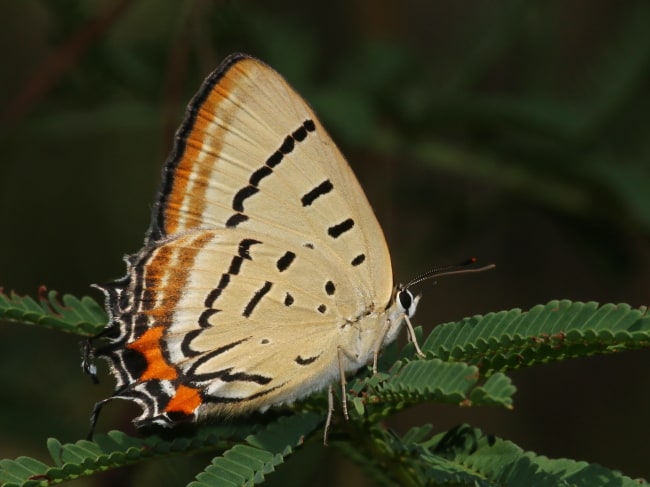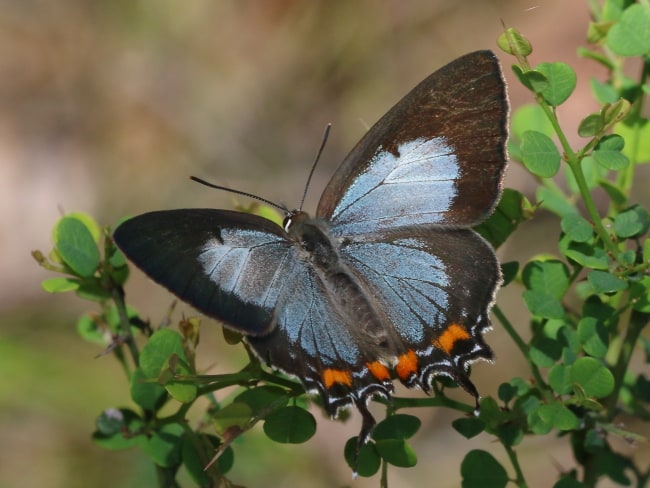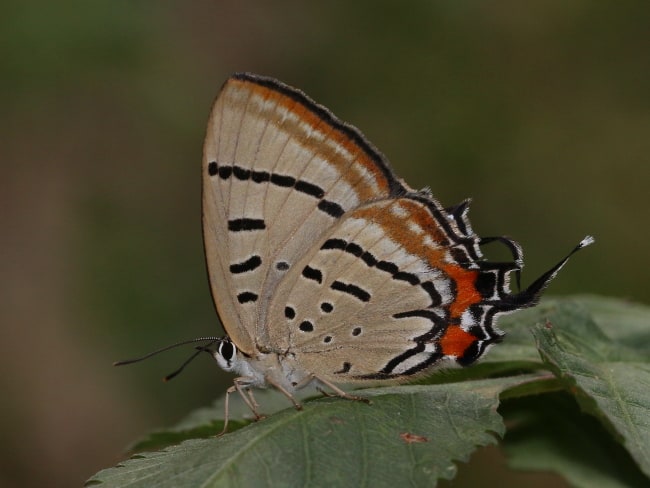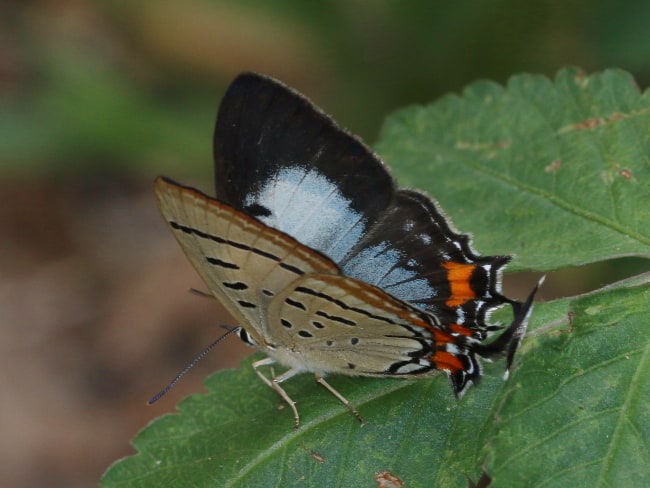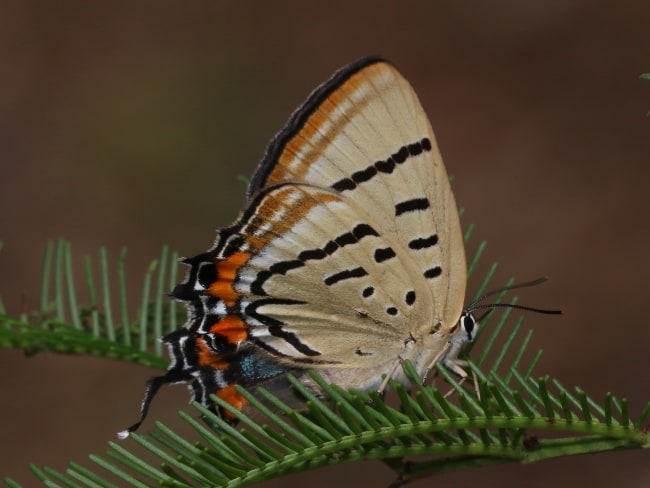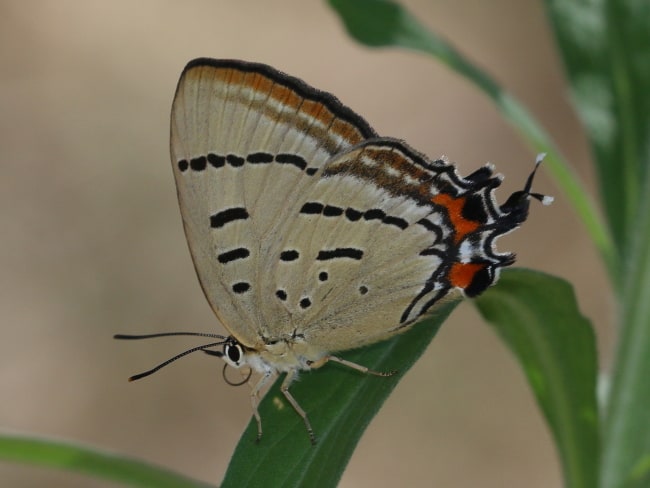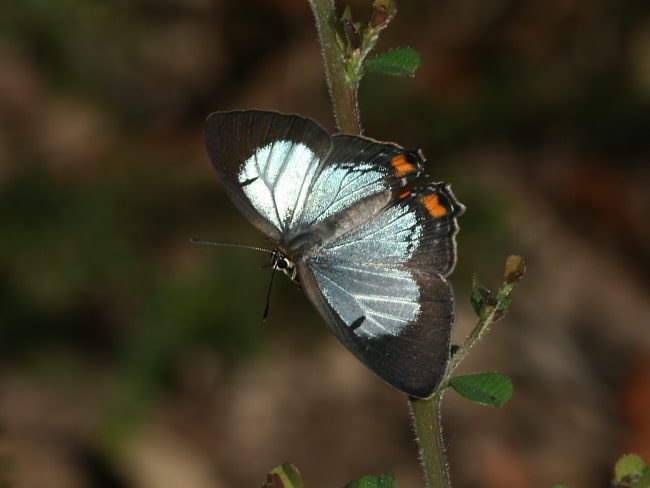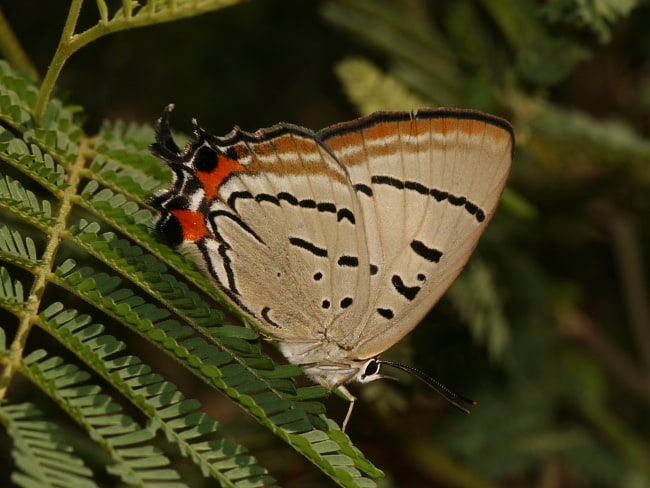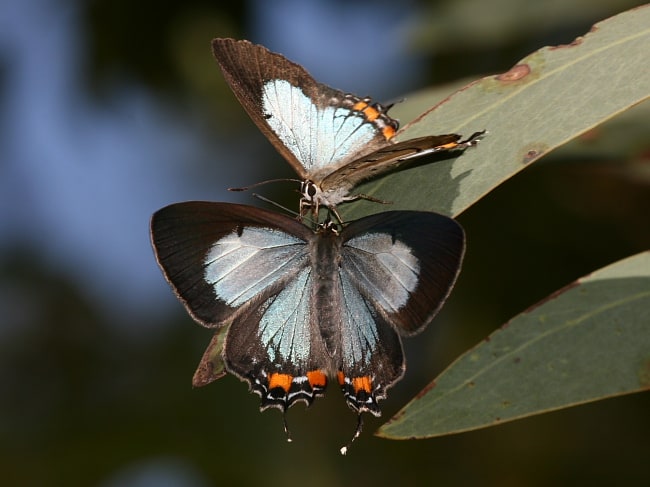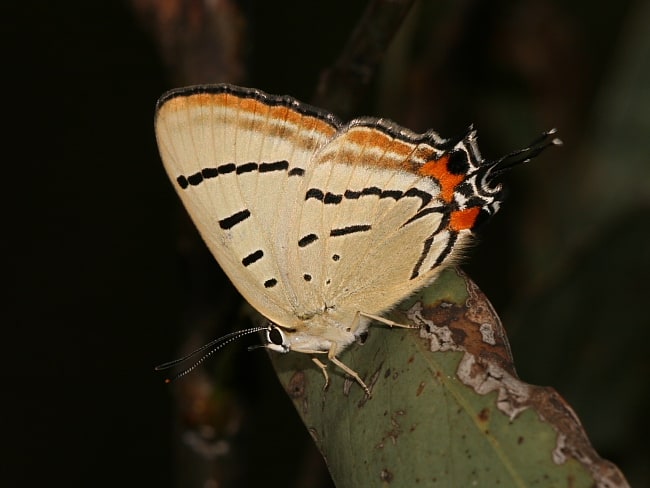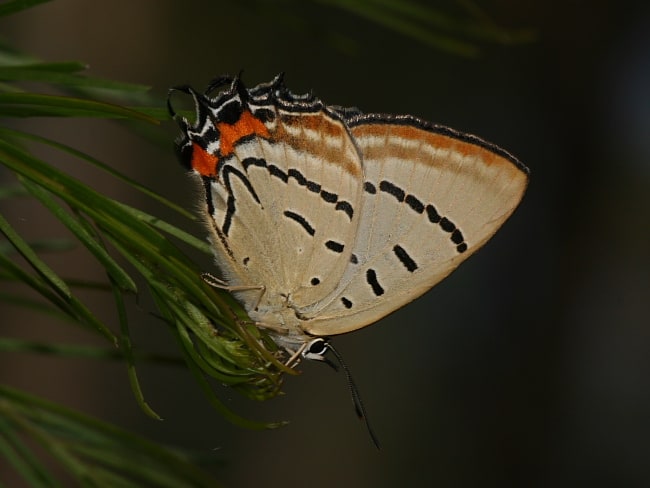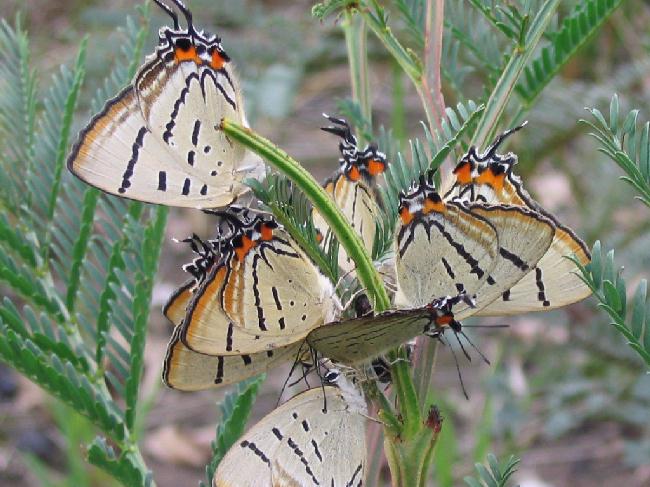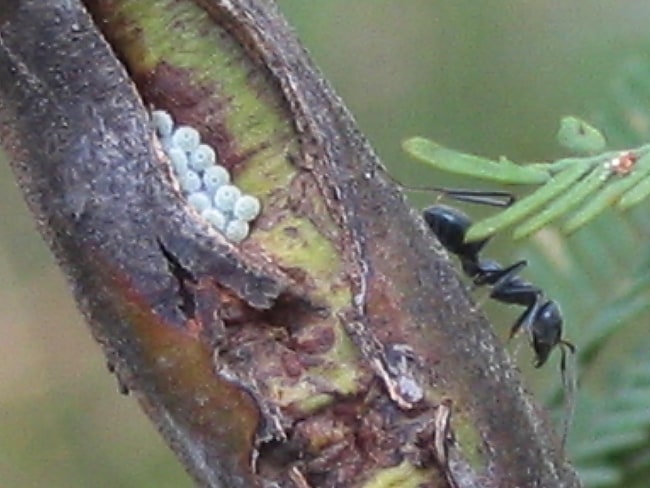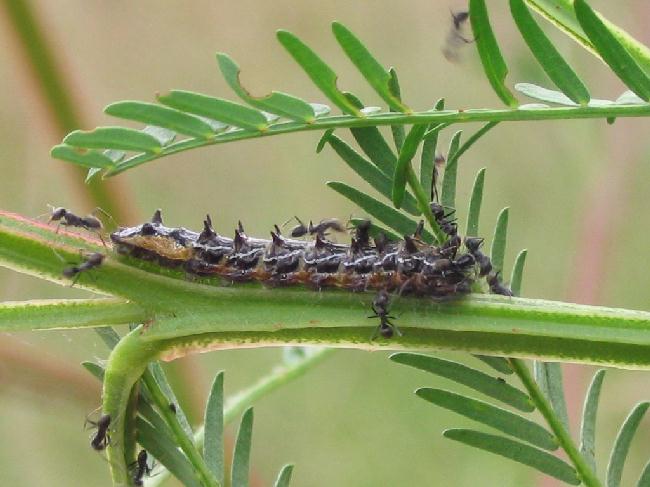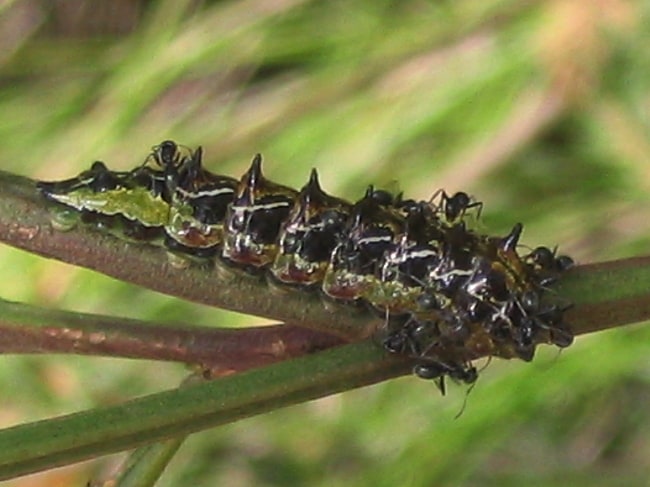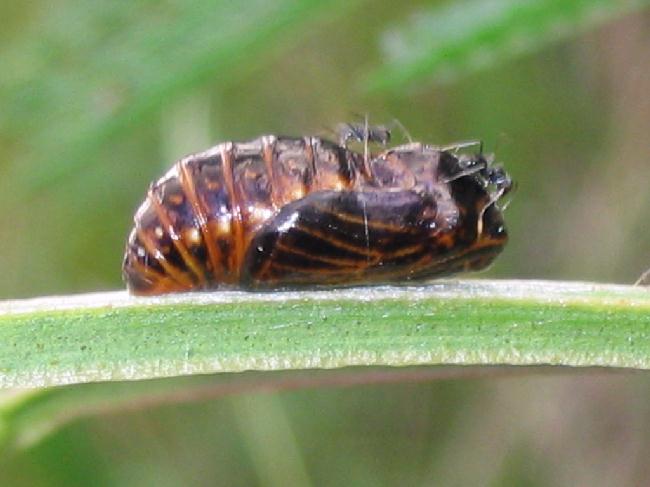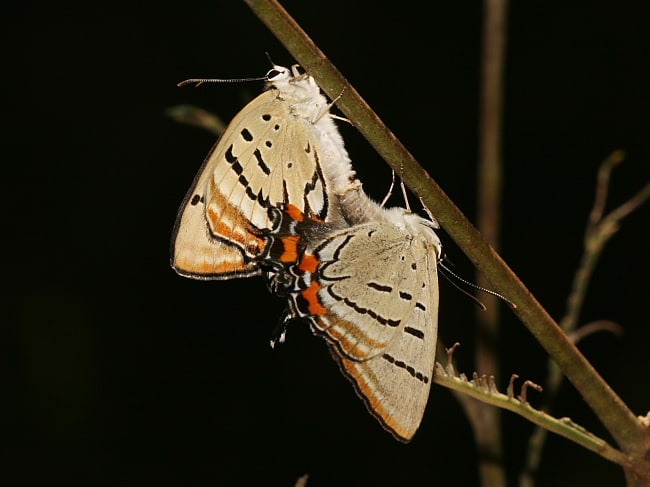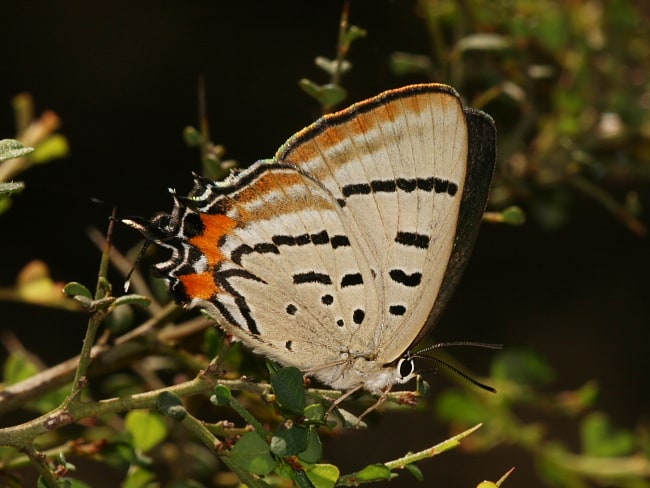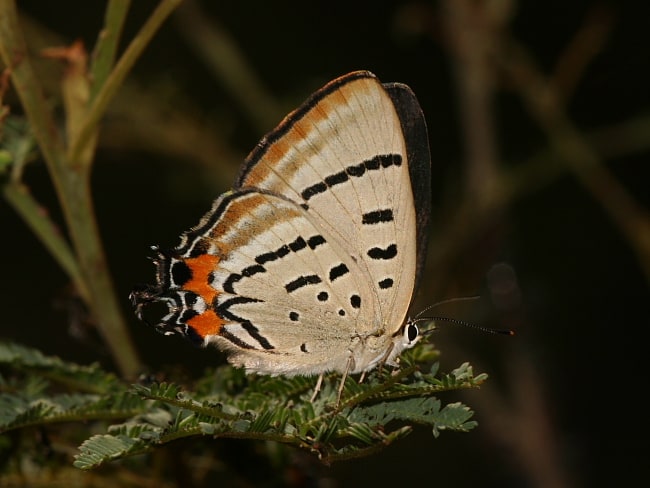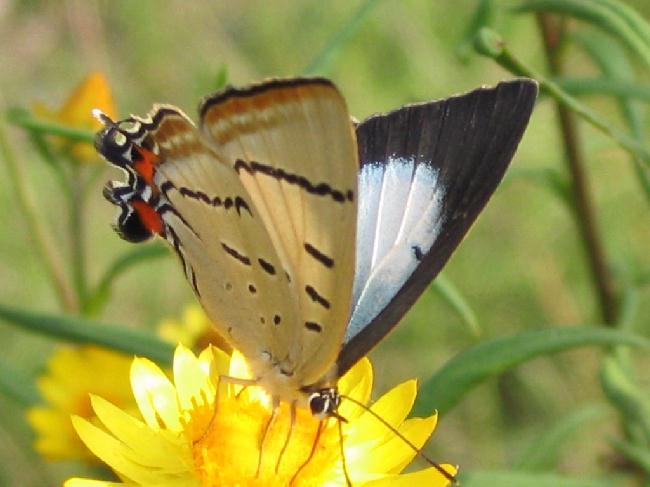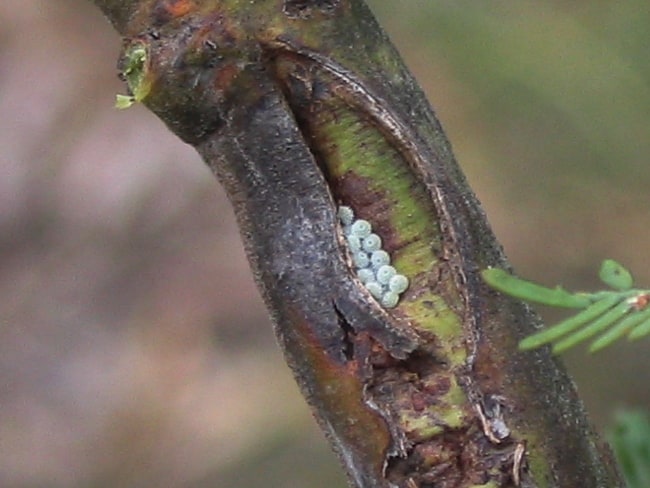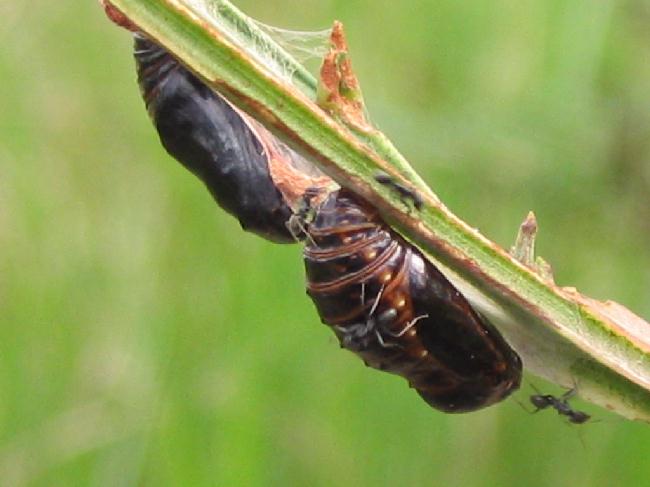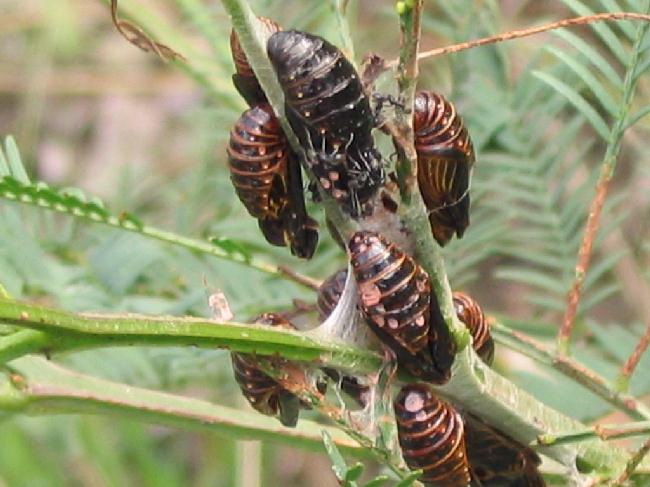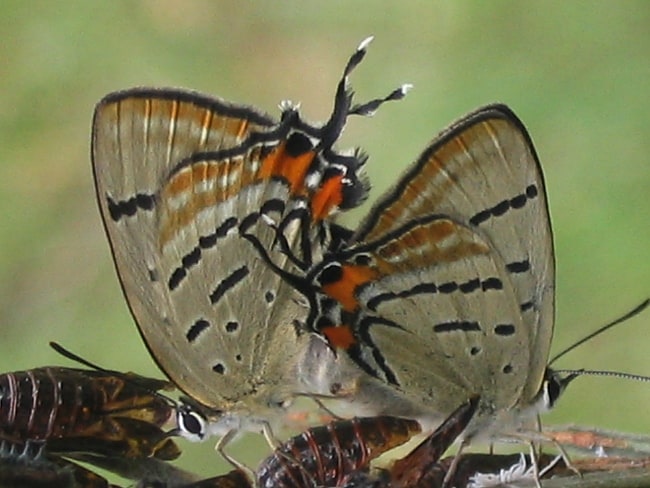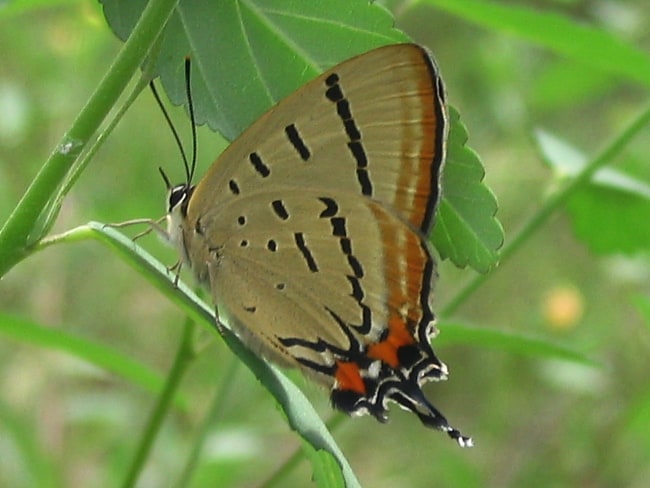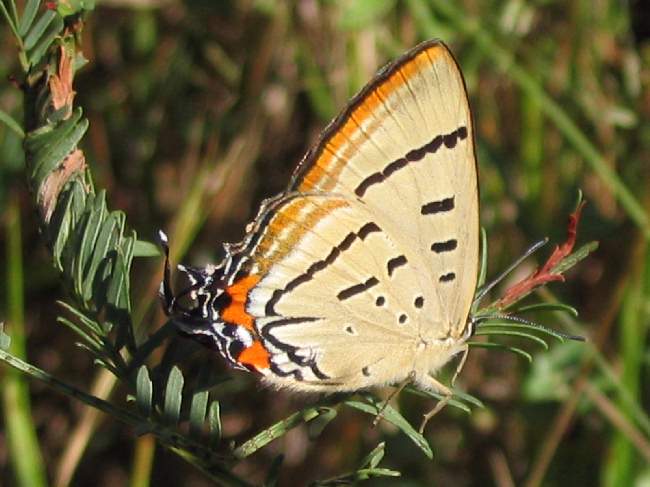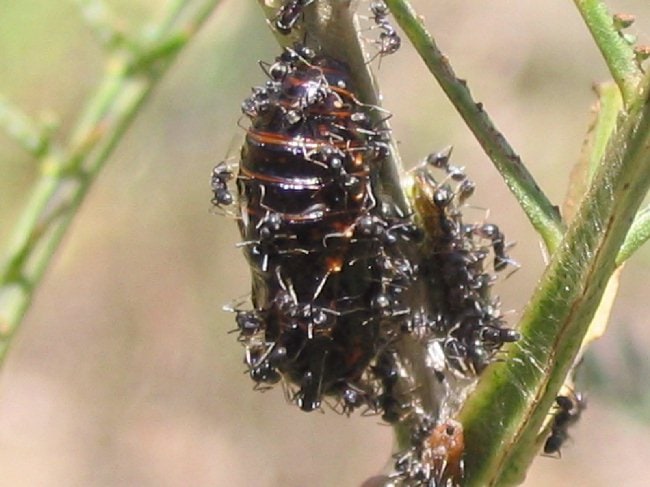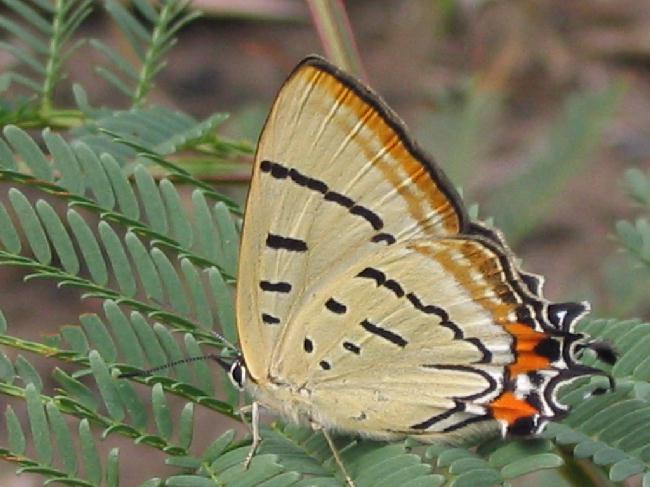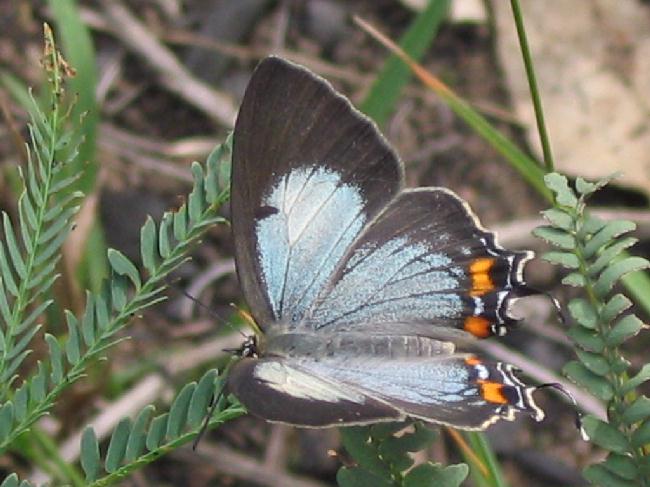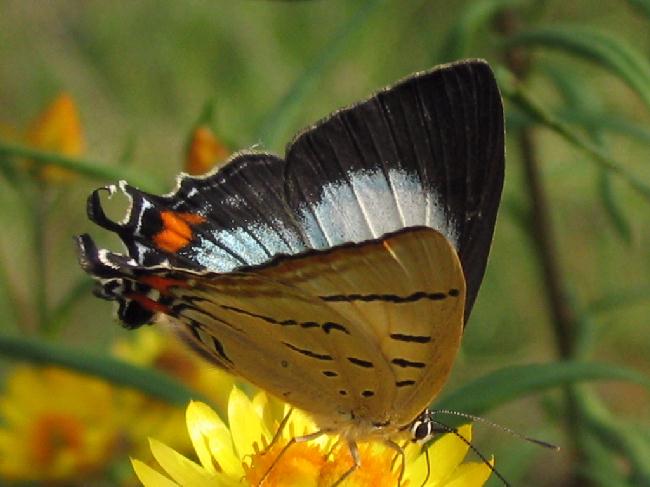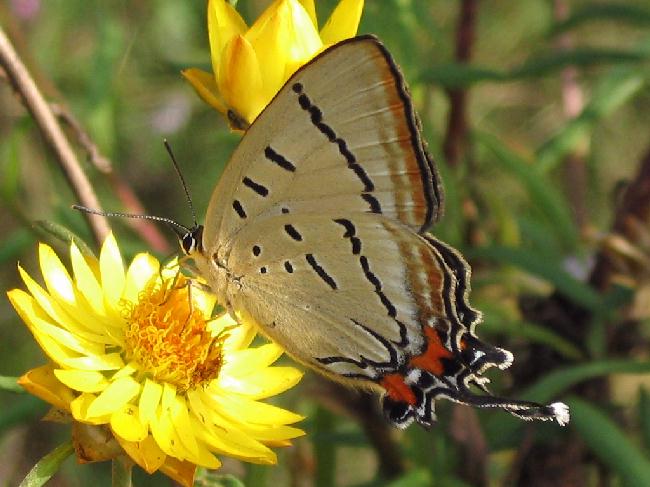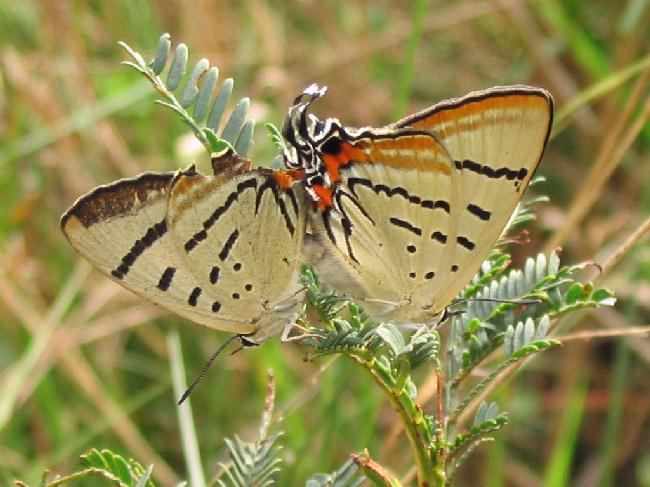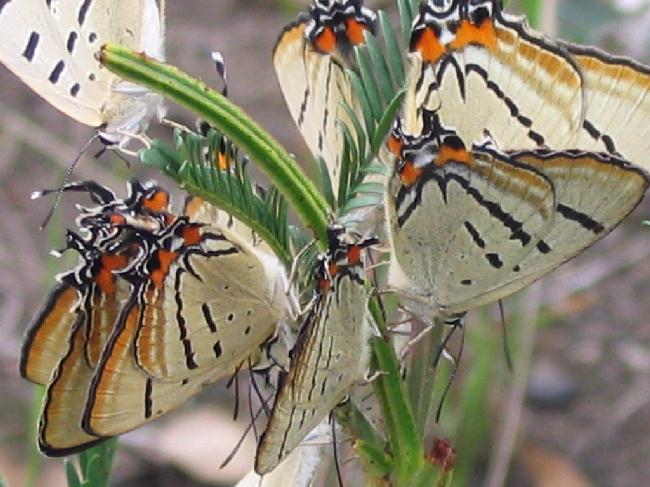Jalmenus evagoras (Imperial Hairstreak)
22/12/2024
Georges Hall
22/12/2024
Georges Hall
22/12/2024
Georges Hall
22/12/2024
Georges Hall
08/12/2020
Georges Hall
22/12/2024
Georges Hall
22/12/2024
Georges Hall
08/12/2020
Georges Hall
08/12/2020
Georges Hall
22/12/2024
Georges Hall
22/12/2024
Georges Hall
22/12/2024
Georges Hall
26/01/2025
Corin Road ACT
26/01/2025
Corin Road ACT
22/12/2024
Georges Hall
08/12/2020
Georges Hall
08/12/2020
Georges Hall
08/12/2020
Georges Hall
08/12/2020
Georges Hall
03/04/2004
Ingleburn
12/02/2012
Georges Hall
12/03/2016
Glenbrook
27/12/2021
Newington
27/12/2021
Newington
27/12/2021
Newington
27/12/2021
Newington
12/03/2016
Glenbrook
01/04/2017
Glenbrook
31/12/2018
Georges Hall
31/12/2018
Georges Hall
31/12/2018
Georges Hall
19/01/2018
Georges Hall
28/03/2010
Glenbrook
28/03/2010
Glenbrook
13/03/2010
Glenbrook
13/03/2010
Glenbrook
20/02/2010
Glenbrook
03/04/2004
Ingleburn
13/02/2022
Newington
05/02/2006
Glenbrook
03/04/2004
Ingleburn
04/12/2005
Glenbrook
03/04/2004
Ingleburn
20/02/2010
Glenbrook
20/02/2010
Glenbrook
20/02/2010
Glenbrook
03/04/2004
Ingleburn
05/02/2006
Glenbrook
03/04/2004
Ingleburn
03/04/2004
Ingleburn
05/02/2006
Glenbrook
05/02/2006
Glenbrook
06/03/2005
Ingleburn
23/10/2004
Ingleburn
03/04/2004
Ingleburn
03/04/2004
Ingleburn
03/04/2004
Ingleburn
03/04/2004
Ingleburn
03/04/2004
Ingleburn
03/04/2004
Ingleburn
Other Common Name
Imperial Blue, Common Imperial Blue
Notes
I’d been wondering why this species is often called the Common Imperial Blue, since I had never seen one anywhere. Then I spotted a very tattered specimen feeding from flowers in the Ingleburn Recreation Reserve near my home.
When I read up about this species, the books said they lived gregariously in very localised colonies, so the next chance I got I went back to that same spot and waited. I soon saw another specimen, and by following it I found the colony.
There must have been about two hundred individuals gathered in a small area.
They were exhibiting all the behaviour noted in the books :
- They were very gregarious
- The larvae and pupae were attended by ants
- The larvae and even pupae were gathered together
- Males would sit by pupae, hoping to mate with a female as soon as she emerged.
- Mating would begin even before the female’s wings had expanded (talk about child brides!)
- The colony was based around a group of juvenile Acacia bushes, mostly under 1 metre tall.
Sightings
Ingleburn – April 2004 and lots of times since
Glenbrook – lots of times
Georges Hall – December 2018, December 2020
Newington – December 2021, Jan/Feb/Mar 2022
I have seen them elsewhere too, but I stopped taking notes.
Links
- The Complete Field Guide to Australian Butterflies (2nd edition) by Michael F. Braby
- Atlas of Living Australia
- Bob’s Butterflies
- Butterflies of Dorrigo
- Brisbane Insects
- Tobias Westmeier’s website
- Global Biodiversity Information Facility
- Canberra Nature Map
- Bushpea
- Butterflies and Other Invertebrates
- Wikipedia
- iNaturalist
- Learn About Butterflies
- Australian Museum
- Life In A Southern Forest
- Museums Victoria





